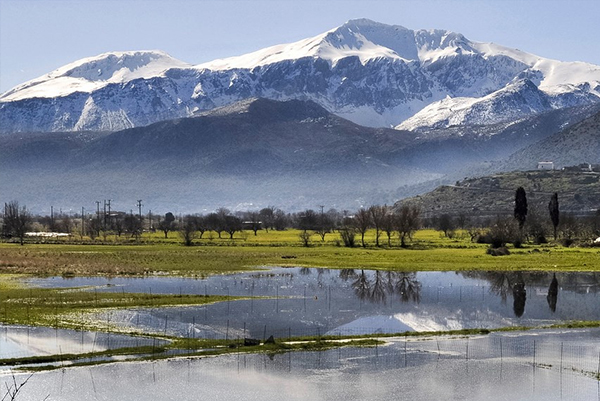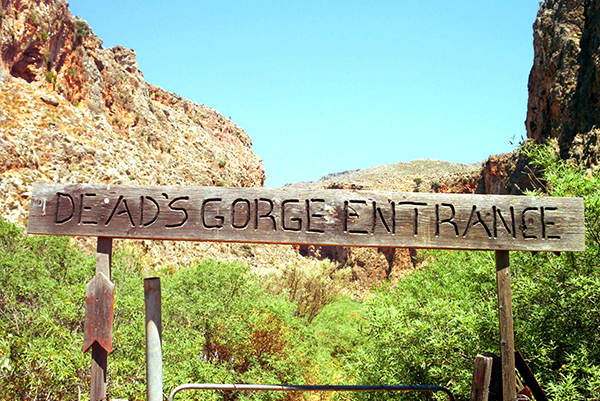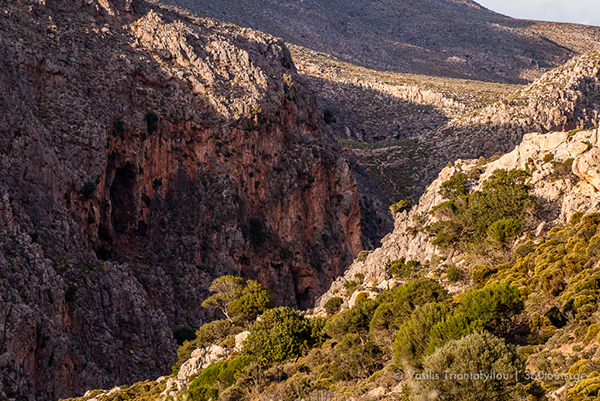Psychro Cave
The Cave of Psychro is situated at the Lassithi
plateau, some 65 kilometers far from Aghios
Nicolaos at the West, 16 kilometers southwestern
to the village of Germiado and approximately 1
kilometer far from the homonymous village at the
Southwest.
It used to be one of the most important ritual
places of Minoan period. Worship in the cave
seems to have started to practice in the Early
Minoan period (2800-2300 b.C.), although there
are traces of human activity in the cave even
earlier. The most important finds are dated to
the Middle Minoan period (1800 b.C.) and to more
recent periods up to the Geometric (800-700 b.C.)
and Archaic (700-500 b.C.) periods . It is
likely that the cave was used even during the
Roman times. Numerous finds have been brought to
light as votive offerings (human figures and
statuettes of gods and animals), double axes,
arms, tools and other items.
Some scholars suggested that the cave of Psychro
is the well-known Diktaeon Andron that,
according to Greek Mythology, was the place
where Zeus, the king of gods was born and bred
up. It is here that the divine goat Amaltheia
gave him its milk and the Couretes looked after
him. The cave is also linked with the myth of
Zeus and Europe and with the soothsayer
Epimenides who is said to have passed away in
this cave.
The cave was excavated for the first time by the
Greek archaeologist Joseph Chantzidakis, in
co-operation with Italian archaeologists at the
end of the 19 th century. The works continued
later by several archaeologists, but excavations
were never conducted in a systematic way. Most
of the finds come from illegal excavations and
are housed in the Museums of Heraklion and
Oxford.
The cave is found at a height of more than 1.000
meters and access to it is possible via an
uphill path, starting from the public road.
After the narrow entrance there is a hall (42 X
19 meters), where there was a rectangular stone
shrine. Neolithic potsherds, Early Minoan
burials and Middle Minoan votive offerings were
found in this hall. At the very northern edge it
has been excavated an enclosure with stone paved
floor, occasionally preserved today; the
construction seems to be a “temenos”.
Successive to the first hall there is another,
bigger one (84 X 38 meters), sloping downwards,
with a small chamber at its left edge, the
so-called “cradle of Zeus”.
At the right, a bigger chamber (25 X 12 meters)
is divided in two parts, one with a small lake
and the other with an impressive stalactite,
poetically called “the Mantle of Zeus”. A good
number of votive offerings, mainly bronze
statuettes, knives, spearheads and double axes
have been found here.
Access from Aghios Nicolaos is possible only by
rented or private cars and motorbikes.




































